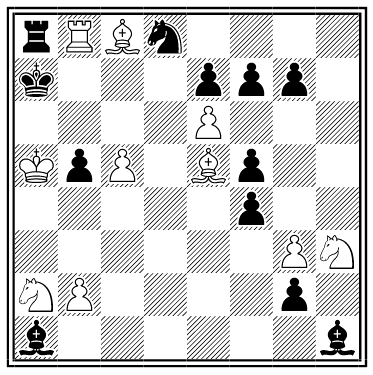humicubation
n. the act of lying on the ground
“A Ride on the Wind”
In the afternoon of Monday, July 25th, 1768, an extraordinary gust of wind near Cleobury Mortimer, in Shropshire, not only unroofed the dwelling-house, barns, stables, and out-buildings belonging to a farmer named Bishop (levelling one of the buildings with the ground, and tearing up and rending more than sixty apple and pear trees), but also took up his son, a youth of sixteen, and carried him at a height of four or five yards from the ground to a distance of about eight yards, over a stone wall, fish-pond, and a hedge, depositing him in a great state of terror, but otherwise unhurt, in a field of hay.
— The World of Wonders, 1883
Far From Home
The world’s largest population of feral camels is in … Australia.
Thousands were imported between 1840 and 1907 to help explore the continent’s arid interior — it’s said that the first piano in Alice Springs arrived on a camel’s back. (A world away, the same thing was happening in the United States.)
The animals were gradually obviated by automobiles, but as many as a million still wander the country in herds — so many, ironically, that Australia has begun exporting camels to Saudi Arabia.
“Christopher Crusty’s Little Idea”
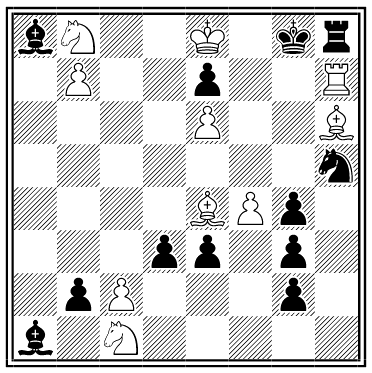
White to mate on the move.
“A real-right-down regular rare one. The problem exhibited is quite correct Chess, and no violation of any law takes place. In fact, it is found to be quite easy — when you know how.”
Unquote
“We praise or blame as one or the other affords more opportunity for exhibiting our power of judgment.” — Nietzsche
High Roller

Here’s a tip for your next craps game. You can find the odds of rolling any number with two dice by subtracting the number from 7, ignoring the sign, and subtracting the result from 6. The remainder is the number of chances out of 36 that the number will appear.
For example, there are (6 – (7 – 5)) = 4 chances in 36, or 1 chance in 9, that you’ll roll a 5.
Letter Shift

Dedicated Line
David Contorno of Lemont, Ill., has had the same mobile telephone number for 24 years.
He bought an Ameritech AC140 from Ameritech Mobile Communications on Aug. 2, 1985, and he’s kept the same mobile operator and telephone number ever since.
Adrift
In October 1871, the American steamer Polaris began to leak, and 19 men, women, and children crowded onto an ice floe in the Arctic Ocean. The ship got away from them and, incredibly, they spent the whole of the arctic winter riding the melting floe down the Greenland coast. Excerpts from the journal of steward John Herron:
Oct. 15. … We remained shivering all night. Saved very little provisions.
Nov. 6. Joe caught a seal, which has been a godsend. … Mr. Meyer made a pack of cards from some thick paper, and we are now playing euchre.
Dec. 2. Boiled some seal-skin to-day and ate it–blubber, hair and tough skin. The men ate it; I could not.
April 14. Our small piece of ice is wearing away very fast; our provisions are nearly finished. Things look very dark; starvation very near.
April 25. … We are all soaking wet, in everything we have, and no chance of drying anything. … All is dark and dreary, but, please God, it will soon brighten up.
Finally, as hope was fading, they were picked up on April 30 by a Newfoundland sealer near Labrador. In six months they had drifted more than 1,440 miles — but all survived.
Pythagoras Disproved
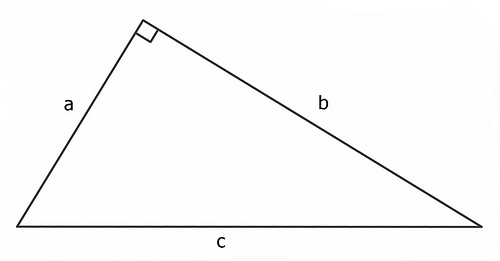
We’re told that, in any right triangle, a2 + b2 = c2. But consider:
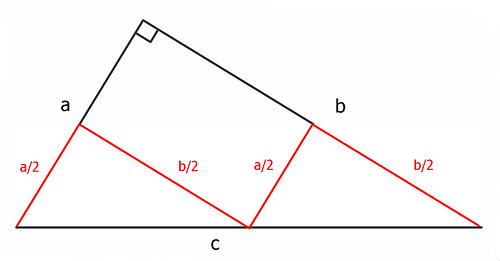
In the figure above, the total length of the red line is 2(a/2) + 2(b/2), or a + b. And again:
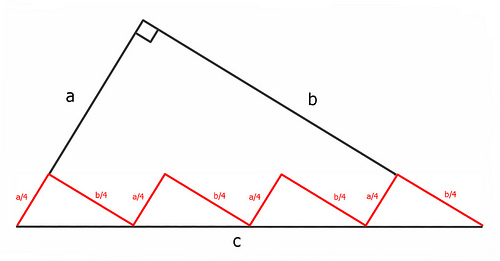
Here the red line’s length is 4(a/4) + 4(b/4), which is still a + b.
With each iteration, the red line more closely approximates c, but its length remains a + b. At the limit, then, it seems, a + b = c. Was Pythagoras mistaken?

